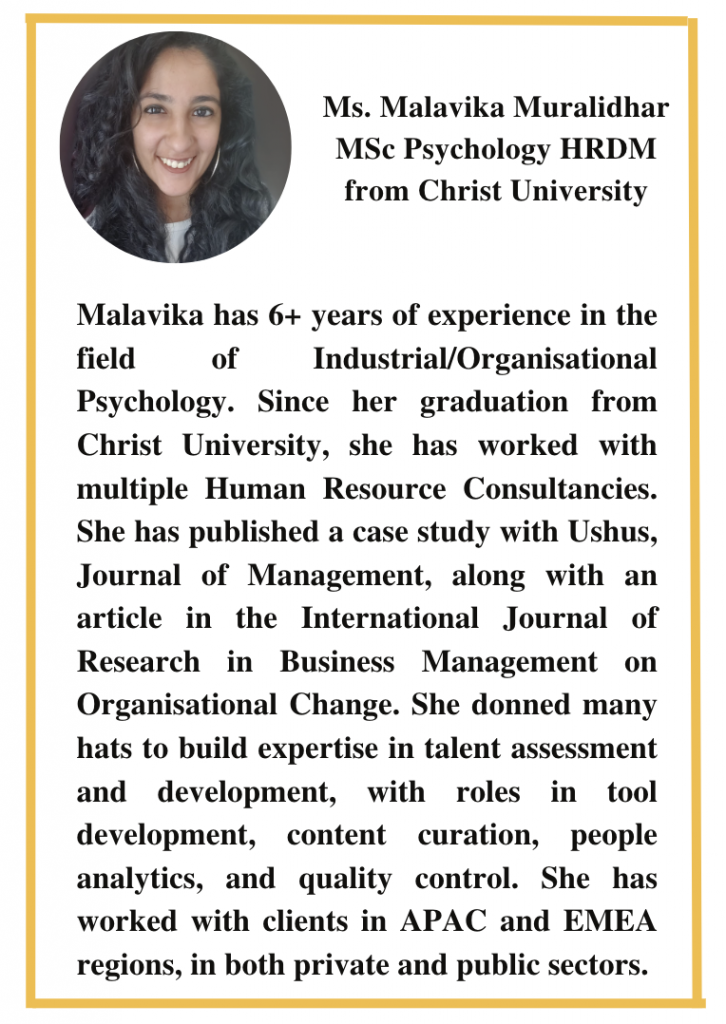Managing a Remote/ Hybrid Work Lifestyle
With remote/hybrid work environments, there is more time to enjoy a sip of our tea/coffee, spend that extra 10 minutes catching up on news/ social media, and an additional 15 minutes to be with our pets or children. And within a few minutes, we can quickly jump into a work meeting and shift context. The days seem longer, and they are! This style of working has optimised how we utilise our time, most of us don’t have to travel an hour to two to just start our day. In conclusion, work-life should have gotten better, shouldn’t it? What does the research say?
70% of remote work employees now also work on the weekends. (Robert Half)
45% say they regularly work more hours during the week than they did before. (Robert Half) Additionally, remote work employees work 1.4 days more than those who work in the office. (Airtasker)
In a study conducted on 16,000 working employees, remote work/work from home increased productivity by 13%. (Stanford University)
Based on the study by the U.S. Bureau of Labor Statistics, productivity dropped 7.4% in the first quarter of 2022 and 4.6% in the second quarter. In the third quarter, productivity was up by 0.3%. (SHRM)
If productivity is increasing, why is it also decreasing? Let’s bring some context to these numbers. One cannot ignore the mass lay-offs, the Great Resignation and Quiet Quitting, and other geopolitical concerns. But the reigning champion is burnout. A global survey by Future Forum (Nov to Dec 2022) indicated that 42% of the workforce reported burnout, the highest in comparison to their initial data from May 2021. The survey reports that the level of flexibility is also a cause of burnout. The underlying issue and the focus should then be on factors leading to burnout in employees. It is not the flexibility of work in itself that affects productivity.
Burnout is expensive to our physical, mental and social health. Burnout isn’t cool, or even remotely humorous. You would find things that you once enjoyed less meaningful, and start feeling like there’s no hope. If you’re already experiencing these, you might want to take a step back and reassess your life, take time out for yourself, and try something new.
Socialising at work through short meetings and water-cooler conversations in the office can be helpful. This is what we lack when working from home, however, going to work isn’t necessarily the solution. Leaders must look at how to promote inclusivity, build autonomy, provide psychological safety and most importantly, build trust in remote/hybrid work environments to prevent burnout. Following are a few hacks for employees to build resilience to stressors, while managing a remote work lifestyle.
Hack #1: Build a Structure
“Work-life blend” is good on paper, but not so fun in practice. Balance is necessary. Some of you may be exceptional at switching between office and personal work during the day. Kudos to you! But if personal work during office work is a regular habit, and consumes significantly more of your time during your peak energy hours, it’s worth reconsidering. Build a routine – pre-work hours, work hours, post-work hours – and stick to it as often as possible.
Hack #2: Plan and Prioritise
Tasks are never-ending! Find creative ways to plan your day. A very common, but highly effective solution is to create a task list/checklist. You could even get creative with how you make this, either simply paper/pencil, using colours, whiteboard, green board, etc. Ticking off tasks that you did for the day can be very therapeutic.
Hack #3: Communicate
Over-communicate with your managers, with your peers, and with all your stakeholders. Working remotely can lead to gaps in communication. Create a task list for the week, communicate this with your manager, and have frequent check-ins. Ensure verbal/ written follow-ups regularly. This hack is key to building trust with your stakeholders, and half the game is won.
References:
Egan, J. (2022, November 30). Is Remote Work to Blame for Lower Productivity? SHRM. Retrieved May 23, 2023, from https://www.shrm.org/resourcesandtools/hr-topics/employee-relations/pages/is-remote-work-to-b lame-for-lower-productivity.aspx
Future Forum Pulse Winter Snapshot. (n.d.). Future Forum. Retrieved May 22, 2023, from https://futureforum.com/research/future-forum-pulse-winter-2022-2023-snapshot/
Jangid, D. (2022, October 26). 65 Remote Work Statistics (2023). Cutshort. Retrieved May 24, 2023, from https://cutshort.io/blog/job-search-insights/remote-work-statistics
Maurer, R. (2020, December 16). Remote Employees Are Working Longer Than Before. SHRM. Retrieved May 24, 2023, from https://www.shrm.org/hr-today/news/hr-news/pages/remote-employees-are-working-longer-than- before.aspx
The Benefits of Working From Home. (2020, March 31). Airtasker. Retrieved May 23, 2023, from https://www.airtasker.com/blog/the-benefits-of-working-from-home/
About the Author


